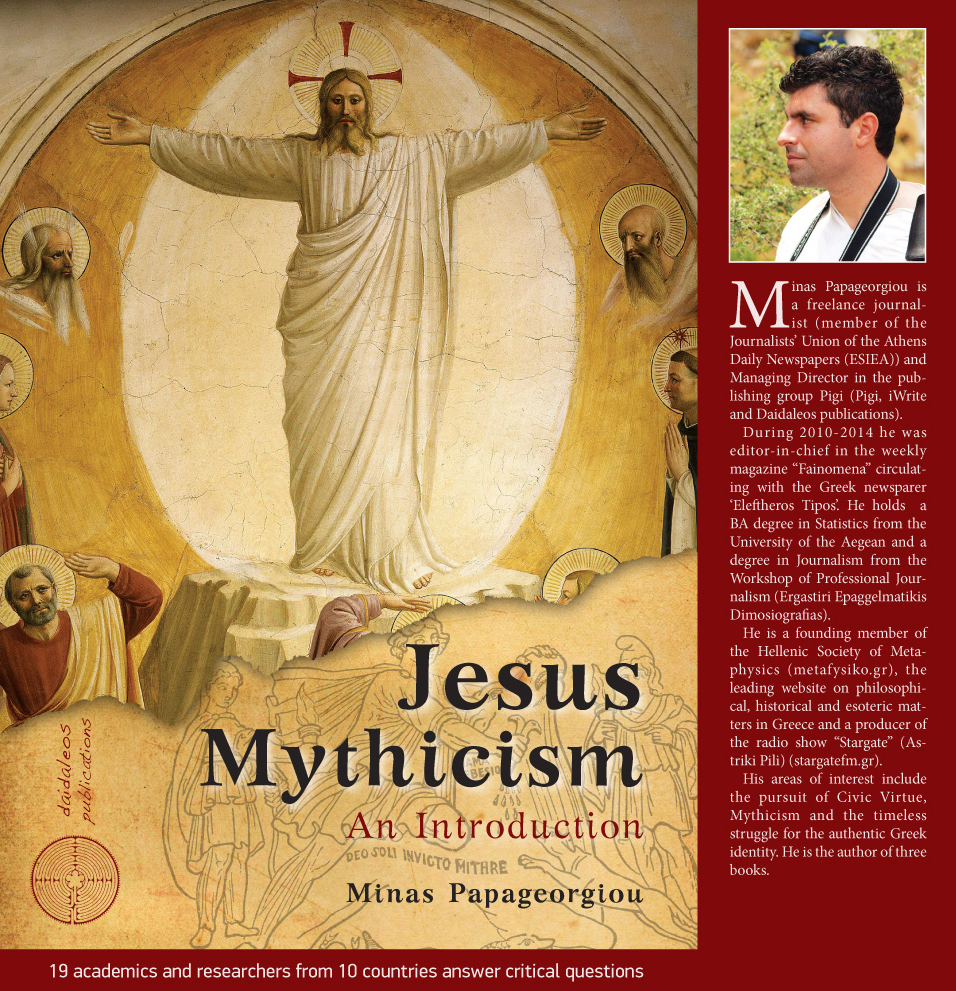I have two reasons for spending so much of my free time on ancient history and Biblical studies. First, I have a genuine, lifelong curiosity about these subjects, but perhaps just as important (especially since 2001), I welcome the pleasant distraction from the awful present. With that background in mind, I reluctantly face the subject at hand: Torture. What is it? Why is it used? Who are its defenders?

‘. . . The object of persecution is persecution. The object of torture is torture. The object of power is power. Now do you begin to understand me?’ (1984, George Orwell)
Notwithstanding O’Brien’s explanation of persecution and torture to Winston Smith, people don’t normally engage in torture for its own sake. So, why do they do it? Rule number one of power is that it must protect itself. Any threat to power must be met by every tool available. Whatever public excuse the people in power give us for what they do, we must not forget rule one.
The Tool
Torture is and has always been a tool of the powerful, who need not justify its use. Of course, in Western nations the public voices who represent state power will often provide halfhearted justifications for certain acts of torture re-framed under other names. Hence we have Orwellian euphemisms such as “enhanced interrogation,” which vaguely reminds me of the unexpected joy of being upgraded to a seat in first class. Who would complain about being upgraded to enhanced interrogation?
The Law
This fuzzy language could make us forget the legal meaning of torture. The federal code could scarcely be clearer:


